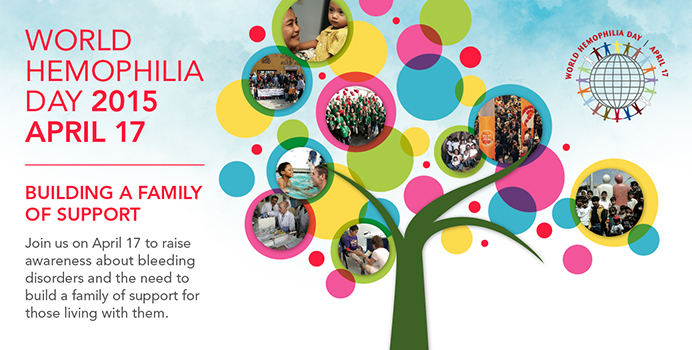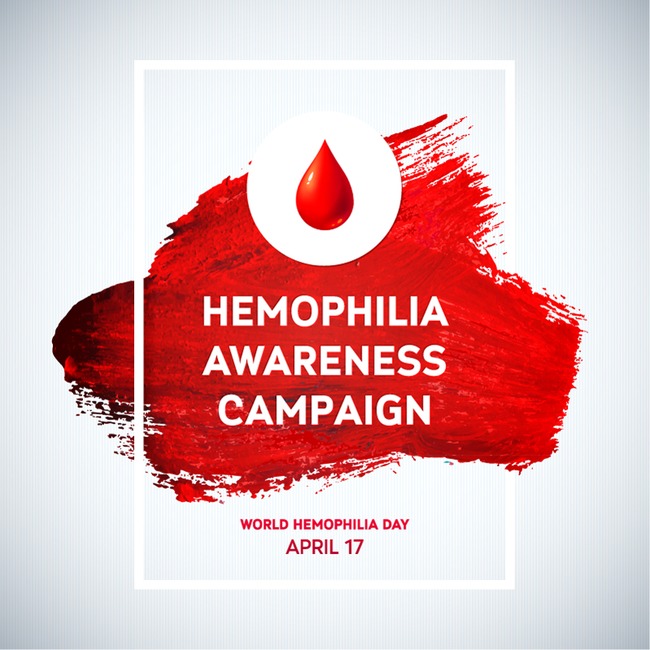 Nicking your finger with a knife while chopping some tomatoes for a salad is just a nuisance for most of us—we utter a choice word or two, rinse the cut, apply a disinfectant and maybe a band-aid, and then proceed to go on with our lives. The same goes for, say, tripping and falling—most of us will just get up and keep on going, not giving the situation any more thought and barely noticing the bruise that may appear afterward. Unfortunately, there are people whose very lives may be put in danger because of such seemingly minor accidents: hemophiliacs.
Nicking your finger with a knife while chopping some tomatoes for a salad is just a nuisance for most of us—we utter a choice word or two, rinse the cut, apply a disinfectant and maybe a band-aid, and then proceed to go on with our lives. The same goes for, say, tripping and falling—most of us will just get up and keep on going, not giving the situation any more thought and barely noticing the bruise that may appear afterward. Unfortunately, there are people whose very lives may be put in danger because of such seemingly minor accidents: hemophiliacs.
Hemophilia affects approximately 400,000 people worldwide, many of whom are not fully aware of their condition or are not getting the treatment they need. Because a relatively small percentage of the world’s population suffers from hemophilia, many people are not aware just how serious this condition is and how much more difficult and dangerous it makes the lives of those who have it. And this is where World Hemophilia Day comes in.
The History of Hemophilia Day
Hemophilia was first discovered in the 10th century, when physicians started to take a serious interest in people, especially males, who were bleeding to death after sustaining only minor injuries. At that time, it was called Abulcasis. Unfortunately, due to the limited technology of the day, it was impossible to research the condition properly. Numerous famous historical figures are thought to have had hemophilia, especially members of the European royal families, and it was often treated with aspirin which thinned the blood of the hemophiliac further, causing the symptoms to worsen.
Then, in 1803, Dr. John Conrad Otto of Philadelphia began to study people he called, “bleeders” more extensively, recognizing it to be a hereditary illness that was most often passed onto males from by their healthy mothers. In 1937, hemophilia was officially divided into two types: A and B. Though no cure for hemophilia has been invented till this day, the sickness can be controlled by administering clotting factors on a regular basis in order to avoid spontaneous bleeding episodes.
World Hemophilia Day was created by the World Federation of Hemophilia in 1989, and the date it’s celebrated on, April 17th, was chosen in honor of the founder of the organization’s birthday, Frank Schnabel. The day’s purpose is to raise awareness about the disease as well as other bleeding disorders and also to raise money for the treatment of those who cannot afford it.
Source: Text: DAYSoftheYEAR Image: Pngtree
The theme of the event this year is “Access for All: Prevention of bleeds as the global standard of care”.
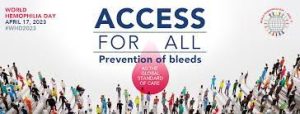
Building on last year’s theme, the call to action for the community in 2023 is to come together and advocate with local policy makers and governments for improved access to treatment and care with an emphasis on better control and prevention of bleeds for all people with bleeding disorders (PWBDs). This means the implementation of home-based treatment as well as prophylactic treatment to help those individuals have a better quality of life.
Source: Text & Image: https://wfh.org/world-hemophilia-day/
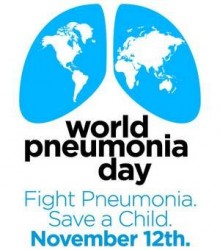 World Pneumonia Day is annually held on November 12 to raise awareness of pneumonia, promote prevention and treatment, and generate action to fight the illness.
World Pneumonia Day is annually held on November 12 to raise awareness of pneumonia, promote prevention and treatment, and generate action to fight the illness.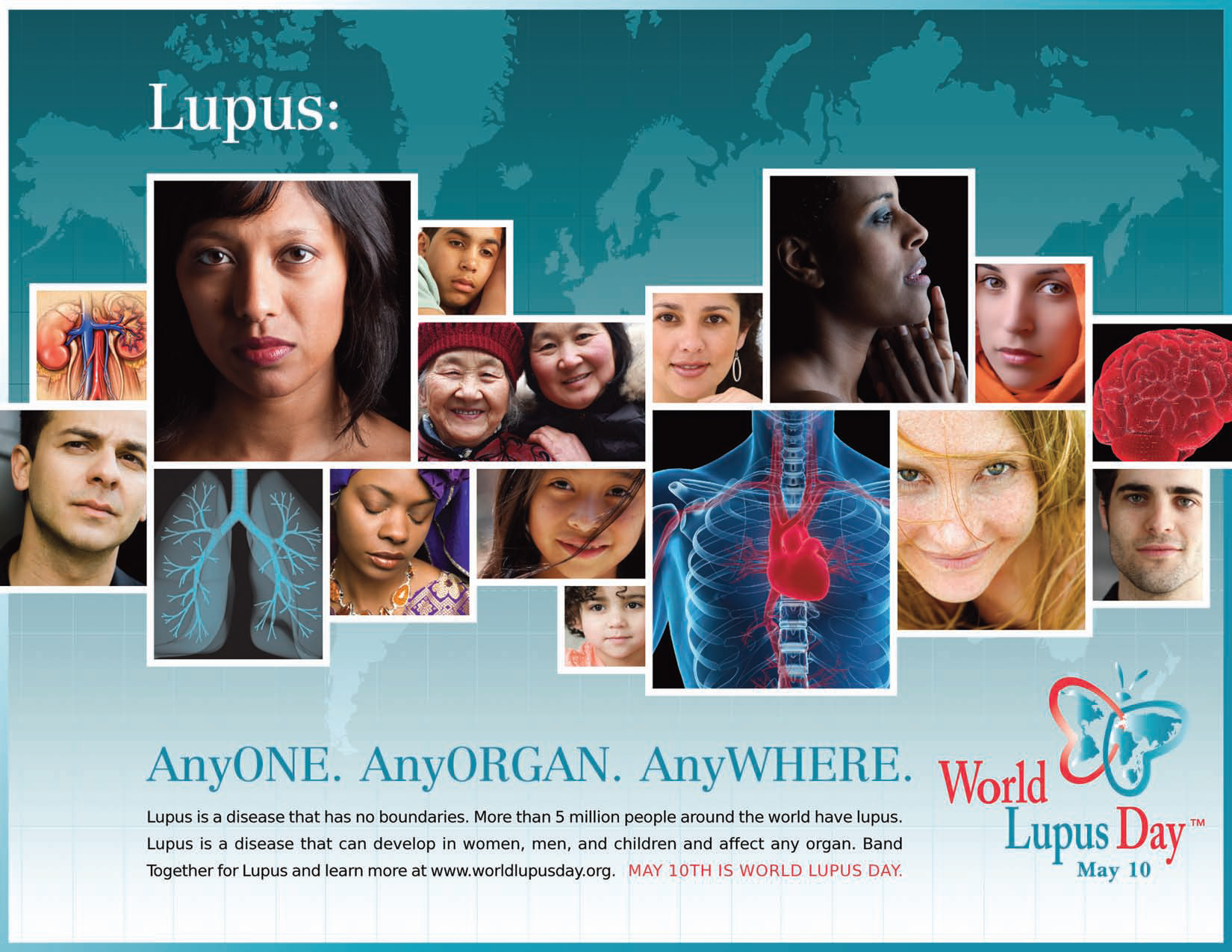 Over 1:1000 Canadian men, women and children are living with lupus and while we work towards our vision of life without lupus we want to ensure people living with lupus are living well.
Over 1:1000 Canadian men, women and children are living with lupus and while we work towards our vision of life without lupus we want to ensure people living with lupus are living well. Nicking your finger with a knife while chopping some tomatoes for a salad is just a nuisance for most of us—we utter a choice word or two, rinse the cut, apply a disinfectant and maybe a band-aid, and then proceed to go on with our lives. The same goes for, say, tripping and falling—most of us will just get up and keep on going, not giving the situation any more thought and barely noticing the bruise that may appear afterward. Unfortunately, there are people whose very lives may be put in danger because of such seemingly minor accidents: hemophiliacs.
Nicking your finger with a knife while chopping some tomatoes for a salad is just a nuisance for most of us—we utter a choice word or two, rinse the cut, apply a disinfectant and maybe a band-aid, and then proceed to go on with our lives. The same goes for, say, tripping and falling—most of us will just get up and keep on going, not giving the situation any more thought and barely noticing the bruise that may appear afterward. Unfortunately, there are people whose very lives may be put in danger because of such seemingly minor accidents: hemophiliacs.
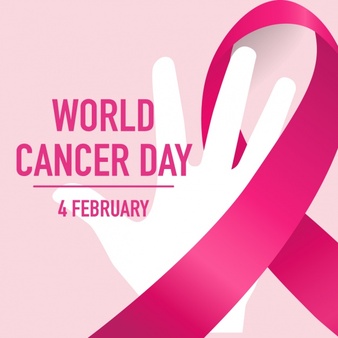 World Cancer Day is a global observance that helps raise people’s awareness of cancer and how to prevent, detect, or treat it. This event is held on February 4 each year.
World Cancer Day is a global observance that helps raise people’s awareness of cancer and how to prevent, detect, or treat it. This event is held on February 4 each year.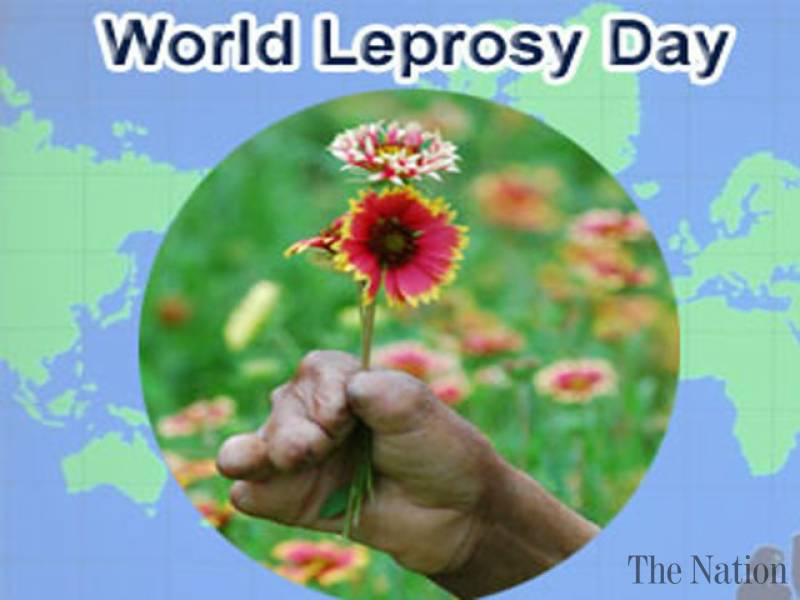 World Leprosy Day is annually observed around the world on the last Sunday of January. The day was initiated in 1954 by French philanthropist and writer, Raoul Follereau, as a way to raise global awareness of this deadly ancient disease and call attention to the fact that it can be prevented, treated and cured.
World Leprosy Day is annually observed around the world on the last Sunday of January. The day was initiated in 1954 by French philanthropist and writer, Raoul Follereau, as a way to raise global awareness of this deadly ancient disease and call attention to the fact that it can be prevented, treated and cured. World Diabetes Day is the world’s largest diabetes awareness campaign reaching a global audience of over 1 billion people in more than 160 countries. The campaign draws attention to issues of paramount importance to the diabetes world and keeps diabetes firmly in the public and political spotlight.
World Diabetes Day is the world’s largest diabetes awareness campaign reaching a global audience of over 1 billion people in more than 160 countries. The campaign draws attention to issues of paramount importance to the diabetes world and keeps diabetes firmly in the public and political spotlight.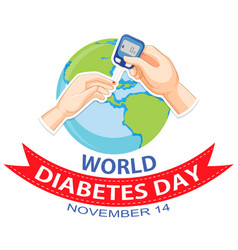

 ELIMINATE HEPATITIS
ELIMINATE HEPATITIS Millions of people all over the world suffer from Asthma, and if you’ve ever met one who suffers from it then you’re familiar with the pssst psst sound of the inhalers that make a relatively normal day to day life possible for them. World Asthma Day is dedicated to raising awareness about this pernicious disease and seeks to bring awareness and advanced asthma care to sufferers throughout the world.
Millions of people all over the world suffer from Asthma, and if you’ve ever met one who suffers from it then you’re familiar with the pssst psst sound of the inhalers that make a relatively normal day to day life possible for them. World Asthma Day is dedicated to raising awareness about this pernicious disease and seeks to bring awareness and advanced asthma care to sufferers throughout the world.